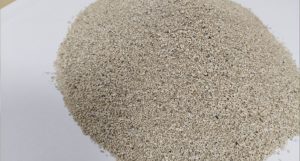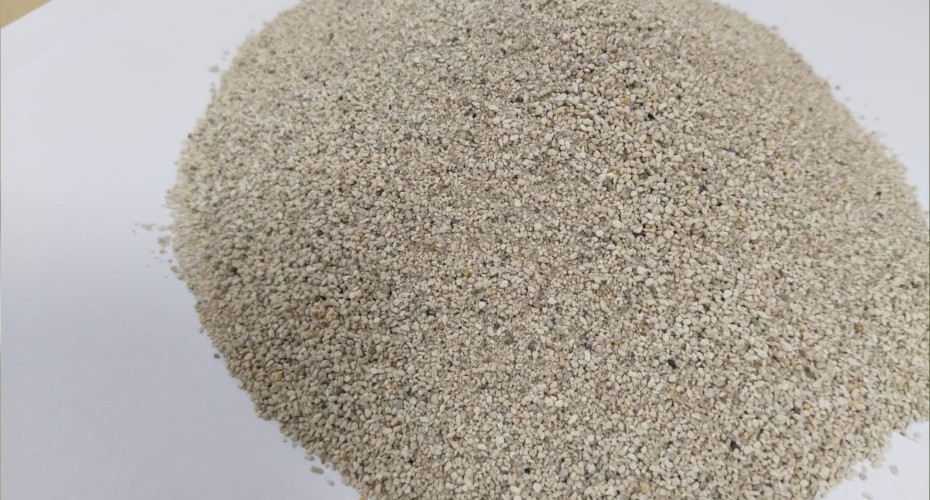Introduction on Kagalite. Its applications and benefits.
Meaning and Introduction
KAGALITE is natural pumice porous and contains volcanic rock called rhyolite. It is like a
glass with a pale yellowish white and is found in the suburbs of Kanazawa City, Ishikawa
prefecture in Japan.
Kegalite is obtained from naturally occurring minerals.
Kagalite has gained prominence in various industrial applications due to its exceptional thermal
and electrical insulating properties.
Kagalite is a type of insulating material primarily composed of magnesium oxide (MgO) and
other refractory materials.
Kagalite has been bring off to meet the demanding requirements of modern industries.
The material is produced through a controlled manufacturing process, ensuring
high purity and consistent performance. With its excellent thermal conductivity and electrical
insulation capabilities, Kagalite has become a favored choice for applications where high-
temperature resistance and electrical safety are paramount.
Applications and use of Kagalite
Electric Arc Furnaces (EAFs):
In extreme temperatures and corrosive conditions in the steel and metal melting industry,
Kagalite finds extensive use as a lining material for electric arc furnaces. It has high
refractoriness and excellent thermal resistance.
Induction Furnaces:
During the melting and casting of metals, intense heat is generated. Kagalite is utilized as a
lining material in induction furnaces, where it serves as a protective barrier against heat.
Ladles and Crucibles
While transporting and poring ladles and crucibles, kagalite is used for lining while metal
casting processes. Its ability to maintain dimensional stability and resist chemical attack ensures
the integrity of the molten.
Insulation Bricks and Boards:
Kagalite is incorporated into insulation bricks and boards and utilized in thermal insulation
applications for boilers, kilns, and other high-temperature equipment.
High-Temperature Gaskets:
Kagalite used in the manufacturing of high-temperature gaskets. It is utilized to provide a
reliable and durable seal in environments where other materials might fail.

Advantages of Kagalite
Long lasting performance:
Kagalite exhibits exceptionally high thermal resistance, making it convenient for applications
involving high temperatures. Its capacity to resist heat without degrading ensures long-lasting
performance and operational stability.
Prevent short circuits:
Due to excellent electrical insulating properties, Kagalite makes the safe choice for applications
where electrical insulation is crucial to prevent circuits or electrical accidents.
Retains its shape:
It retains material shape and integrity under high-temperature conditions, minimizing the risk of
cracking or warping. It ensures material dimensional stability.
Simplifying installation:
Kagalite is relatively lightweight and easy to handle, its simple to install and reduces labor time
during the lining process.
Chemical Resistance:
Making it suitable for applications involving contact with various acids and chemicals,
Kagalite's resistance to chemical attacks allows it to withstand corrosive environments.
Occurred Naturally:
Kagalite is a naturally occurring mineral, and it is considered an environment-friendly insulating
material.
Conclusion
Kagalite is exceptional thermal resistance, electrical insulation properties, and chemical
resistance making it an ideal choice for use in high-temperature environments, such as electric
arc furnaces, induction furnaces, and metal casting processes. It has proven to be a versatile and
integral insulating material in various industrial applications. With its potential to enhance
safety, improve performance, and provide the most relevant insulation, Kagalite constantly plays
a significant role in advancing efficiency and productivity across diverse industries. As
technology continues to evolve, Kagalite is expected to see further applications and
advancements, cementing its position as a required insulating material in the modern industry.

